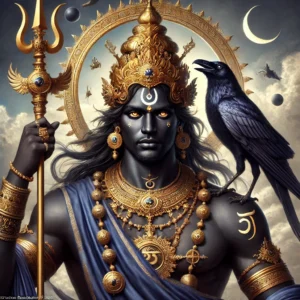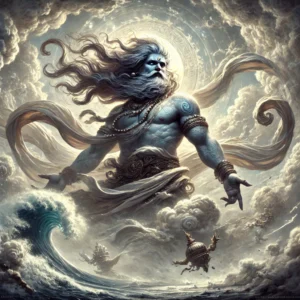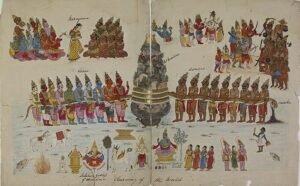Sharad Navratri Festival : Embracing the Divine
Facts about Sharad Navratri Festival
Navratri, a fervently celebrated Hindu festival, resonates with great zeal and enthusiasm in diverse regions of India every year. Sharad Navratri holds special significance as it symbolizes the triumph of Goddess Durga over the demon Mahishasura, culminating in the grand celebration of Vijayadashami. It’s on this auspicious day that Lord Rama’s victory over Ravana is also commemorated. Annually, this festival unfolds over nine nights during a month that typically spans September and October in the Gregorian calendar.

The precise dates of the festival are determined by the Hindu lunisolar calendar, occasionally necessitating slight extensions or reductions in the festival’s duration to accommodate the intricate interplay of the sun and moon, including adjustments for leap years. Sharad Navratri typically occurs during the lunar month of Ashwin, aligning with the Gregorian calendar months of September and October.
This year Shardiya Navratri which is commencing from today and the propitious moment for Kalash installation falls on October 15, spanning from 11:38 am to 12:23 pm. This period aligns with the Abhijeet Muhurta, widely regarded as an auspicious window for worship.These auspicious nine days hold a special devotion to the nine manifestations of Mother Durga. To inaugurate this sacred period, the first day of Navratri is dedicated to the worship of Goddess Shailputri, the daughter of the mighty Himalaya, the mountain king.
या देवी सर्वभूतेषु शक्तिरूपेण संस्थिता।
नमस्तस्यै नमस्तस्यै नमस्तस्यै नमो नम:।।
Navratri Celebrates Nine Revered Forms of Maa Durga
During Navratri, devotees venerate nine distinct manifestations of Maa Durga, which are Maa Shailputri, Maa Brahmacharini, Maa Chandraghanta, Maa Kushmanda Devi, Maa Skandamata, Maa Katyayani, Maa Kalratri, Maa Mahagauri, and Maa Siddhidatri. Reciting Maa Durga’s Durga Saptashati during Navratri carries a profound importance. As per the Devi Bhagwat Purana, the regular chanting of every mantra within the Durga Saptashati not only eliminates obstacles but also ensures the continuous blessings of the divine mother upon one’s family.
When devotees recite Argala Stotra, Keelaka Stotra, and Durga Saptashati throughout the nine days of Navratri, Maa Durga alleviates their sorrows and difficulties while granting the fulfillment of their wishes. These sacred recitations not only offer relief from ailments and pandemics but also provide mantras for advancing one’s progress. As per the teachings of Durga Saptashati, Maa Durga manifests in myriad forms within all living beings, including consciousness, intelligence, memory, resilience, vigor, serenity, faith, illumination, contentment, and compassion, among others.
Acceptable and Restricted Foods for Navratri
Permissible
Incorporate samvat ke chawal (banyard millet), kuttu ka aata (buckwheat flour), sabudana (sago), Rajgira, and singhare ka aata (water chestnut flour) in your meals.
Include: Potatoes, sweet potatoes, bottle gourd (lauki), arbi, pumpkin, spinach, cucumber, and carrots as part of your Navratri dietary choices.
What to Avoid
- Non-Vegetarian Fare: Abstain from consuming non-vegetarian food to uphold the principle of purity during Navratri.
- Onion and Garlic: Skip dishes containing onion and garlic.
- Alcohol: Say no to alcoholic beverages during this sacred period.
- Quiet Hours: Maintain a tranquil environment and observe moments of peace and quiet.
- Packaged Juices: Avoid processed juices and opt for natural, fresh alternatives.
- Negative Thoughts: Foster a positive mindset and steer clear of negative thinking.
- Consistent Prayers: Ensure you don’t skip your prayers, upholding your commitment during Navratri.
Navratri, a nine night-long celebration of the Divine Feminine
The initial nine days of the lunar cycle are inherently feminine, signifying a unique period dedicated to Devi, the embodiment of the Divine’s feminine essence. Navratri provides a distinctive opportunity to establish a connection with the divine feminine energy, inviting blessings for spiritual growth. As we invoke the nine forms of Goddess Durga during these sacred days, we embark on a profound path of self-discovery and inner enlightenment.






